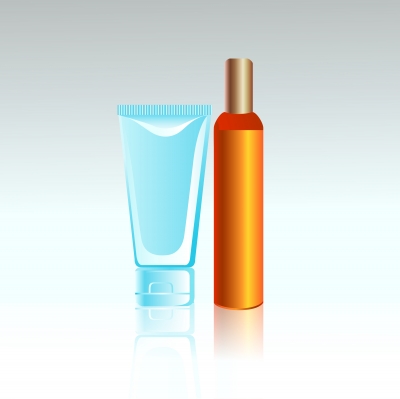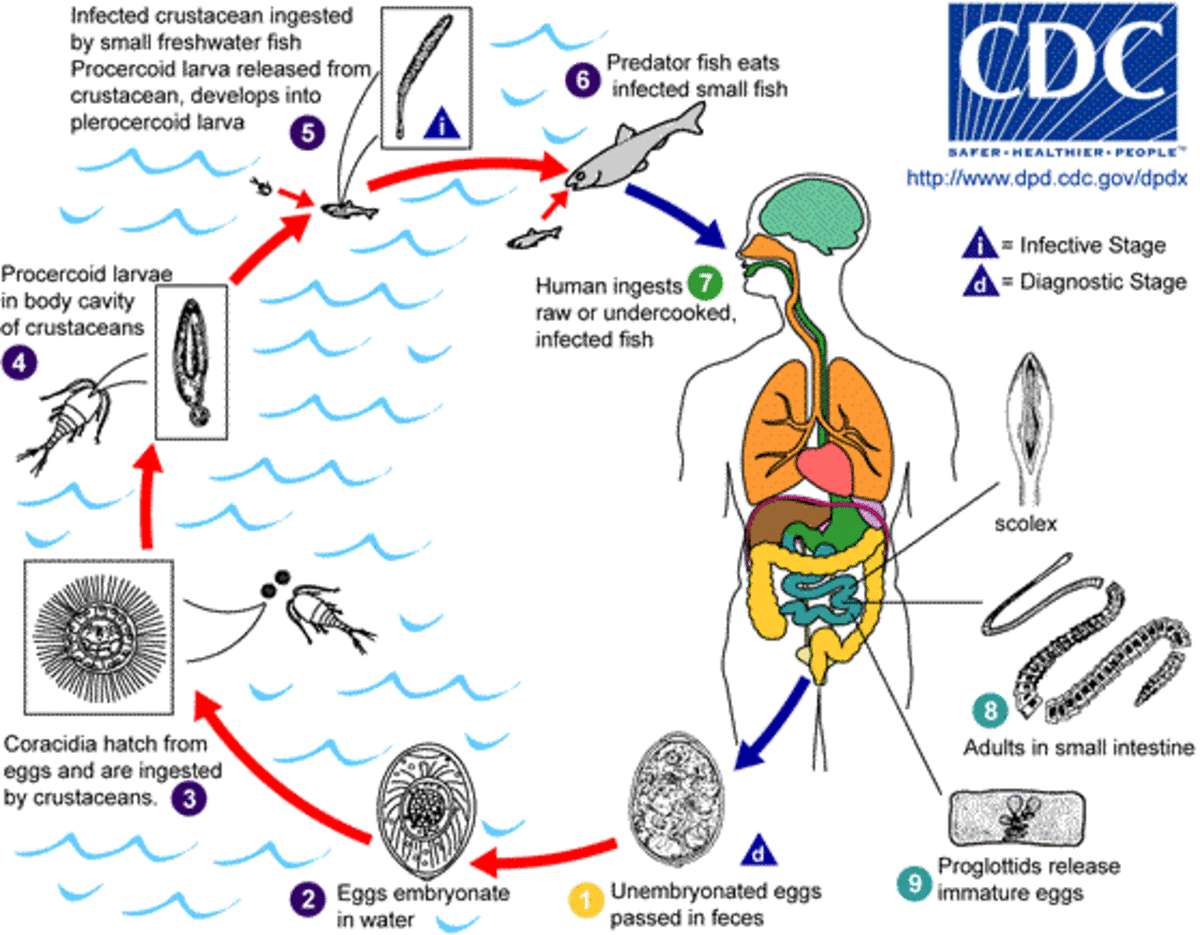Silver Nanoparticles In Household Products Can Have Effects on Human Reproduction

Copyright 2012 - Kris Heeter, Ph.D.
Silver nanoparticles are silver particles that are between 1 nm and 100 nm in size. A nanometer (nm) is one billionth of a meter.
Nanosilver has quickly become one of the more popular nanoparticles used in industry due to their anti-bacterial and anti-fungal properties. But are they being overused and does their use have an ultimate price on both our health and the environment?
The answers to these questions are not as black and white as one might hope. Some argue that nanoparticles have many benefits. But some research indicates that there are negative consequences that are slowly emerging.
Emerging Nanoparticle Research on Human Health
Research on nanoparticles has shown that these minute particles can cross both the blood-brain barrier and blood-testes barrier in rats and mice, and are taken up by cells. This suggests a similar process occurs in humans as well. In vivo (tissue culture) work on human cells supports this.
Scientists recently reported in the journal Toxicolgy that silver nanoparticles have a toxic effect on testicular cells, suppressing cellular growth and causing cell death depending on concentrations and duration of exposure. These new studies suggest that overexposure of nanoparticles, especially nanosilver, can have effects on human reproduction.
Titanium dioxide nanoparticles was also found to cause cell type-specific DNA damage in testicular cells. However, the silver nanoparticles have been found to inhibit normal cell function and caused more cell death than the titanium dioxide nanoparticles in a concentration-dependent manner.
In the last decade, nanotechnology has been increasingly used in consumer personal products, medicines, supplements, home improvement products, construction products, and more.
There is a growing concern that the risk of using engineered nanoparticles has not been adequately monitored to date and that the long-term health consequences and environmental impact are unknown. There is an increasing push by many watchdog groups to have this monitored more closely.
How are Humans Exposed to Nanosilver?
Nanosilver has been used now for nearly 20 years in a number of products. The table below shows just a subset of product categories that nanosilver has shown up in over the years. Keep in mind that not ALL products in these categories contain nanosilver.
Manufacturers are not required to disclose their use of nanoparticles. Within some categories, products marketed as "anti-microbial" or "anti-bacterial" can be a potential indicator that nanosilver may be present in the product.
Besides personal care products, nanosilver is used in some large appliances. At least one major manufacturer uses silver nanoparticles when making home appliances like washing machines, refrigerators, and air conditioners. Refrigerators and air conditioners made by this company are using a silver nano coating on their inner surfaces as an anti-bacterial and anti-fungal reagent. The silver ions within the coating resist airborne bacteria and fungus.
Sample of Product Categories That Can Contain Nanosilver
Socks
| Underwear
| Laundry Detergent
|
Slippers
| Soaps
| Ear plugs
|
Curling Irons
| Shampoos
| Fabric/Clothing
|
Pillowcases
| Wound Dressing
| Hand Sanitizers
|
Refrigerators
| Air Conditioners
| Washing Machines
|
Hair Dryers
| Toothpaste
| Baby Blankets
|
Related Articles of Interest
Cytotoxic and Genotoxic Effect of Silver Nanoparticles on Testicular Cells - Asare et al, Toxicology, 2012. p. 291
Engineered Nanoparticles in Food - A look at nanoparticles in consumer products, especially food, are currently unregulated.
3 New Health and Environmental Risks Associated With Nanoparticles - New studies suggest that some nanoparticles in a number of manufactured products and foods can pose negative health and environmental consequences.
Nano-robots Engineered to Fight Cancer - Recent scientific advances with tiny DNA robots (DNA nanobots) suggest that they have the potential for being developed as a cancer-fighting nanoparticles.
Advances in Nanotechnology - In this article, learn the latest news is in nanotechnology and some of the nano words associated with this advancing field.
The Future of Nanotechnology Research and the Health and Environmental Implications
The Nano Science and Technology Institute (NSTI) reports that there are over 50 academic and non-profit nanotechnology research and education centers in the United States (a full list can be found on their website). There are over 20 international centers.
In addition to these non-profit groups researching the advances and applications of nanotechnolgy, one other group stands out. The Project on Emerging Nanotechnologies. It is a non-profit organization committed to:
"...helping ensure that as nanotechnologies advance, possible risks are minimized, public and consumer engagement remains strong, and the potential benefits of these new technologies are realized."
The Project on Emerging Nanotechnologies was established in April 2005. It is a partnership between the Woodrow Wilson International Center for Scholars and the Pew Charitable Trusts.
Their website can be searched for products that contain nanosilver or other nanoproducts. Keep in mind that their list is not comprehensive. Companies are not required to disclose the use of nanotechnology when marketing. The list presented on The Project's website contains only those products which are openly marketed as using nanosilver and derived by nanotechnology.
A statement issued earlier this year (2012) by the National Academies* underscores the need for more research and caution in this rapidly growing field:
"Despite extensive investment in nanotechnology and increasing commercialization over the last decade, insufficient understanding remains about the environmental, health, and safety aspects of nanomaterials."
* The National Academies includes the National Academy of Sciences, National Academy of Engineering, Institute of Medicine, and the National Research Council.
Additional Reading:
Adverse Effects of Engineered Nanomaterials Exposure, Toxicology, and Impact on Human Health. 2012 Elsevier Inc. Edited by: Bengt Fadeel, Antonio Pietroiusti and Anna Shvedova. ISBN: 978-0-12-386940-1








